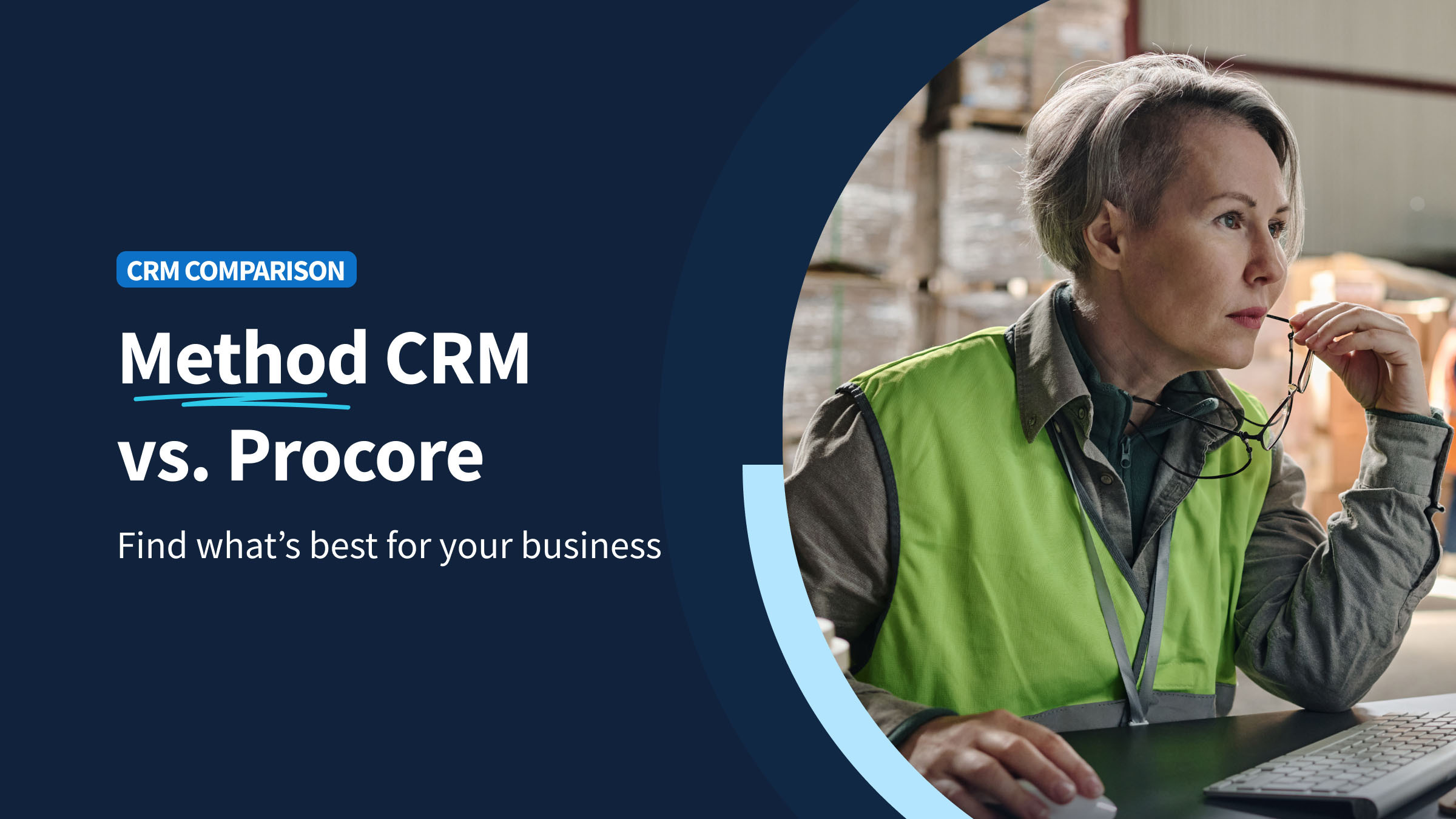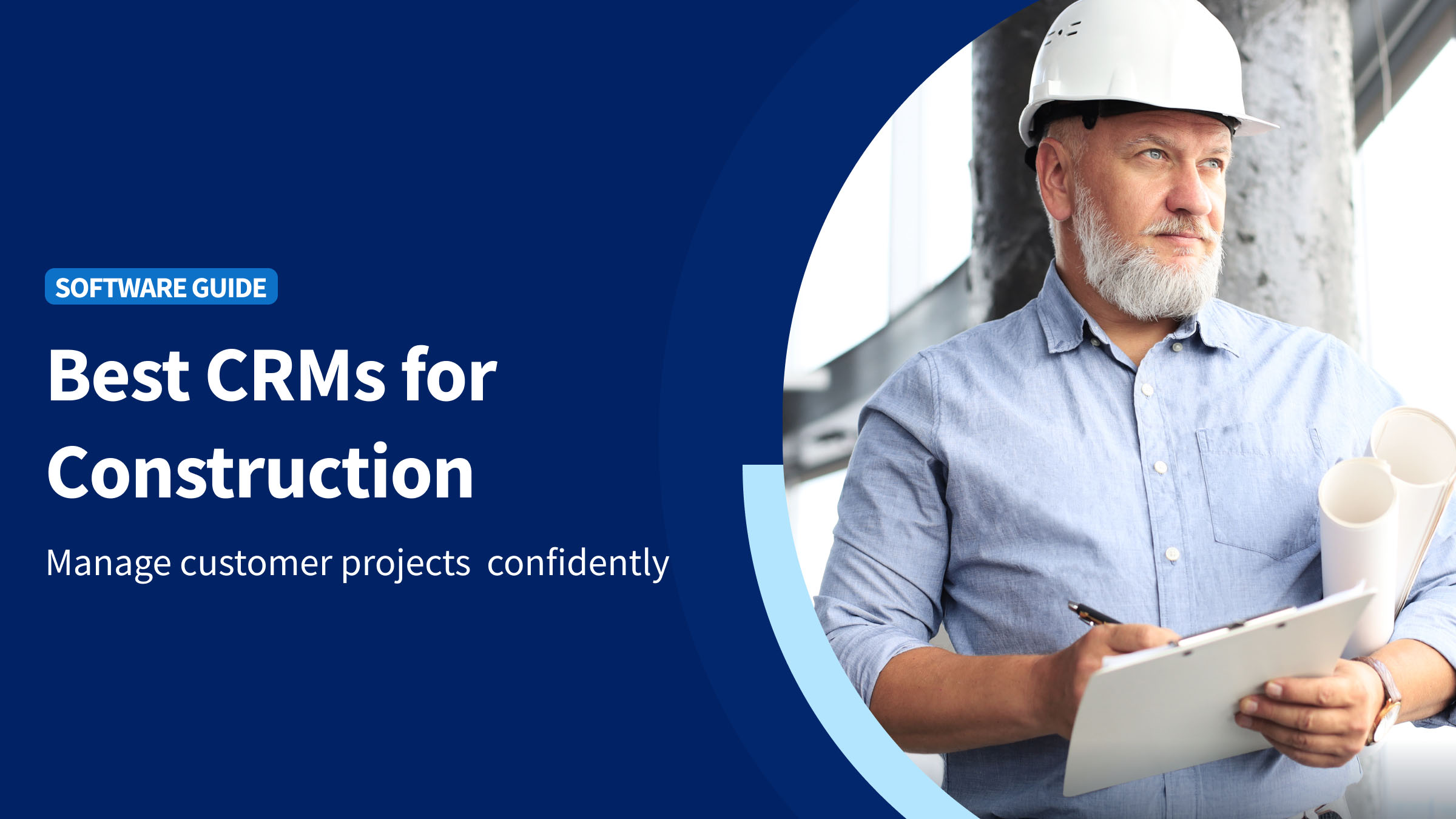Construction has come a long way from its hammer-and-nails origins.
Today, construction projects use technology from initial planning to final completion. For every construction project, there are:
- Planners in the engineering office using Building Info Modelling (BIM) software to create digital models of their projects.
- Sales Reps using online portals to bid on tenders or submit proposals.
- Project Managers using drones to survey a construction site’s footprint.
With the demand for every type of construction project expected to increase significantly over the next few years, it may seem like a lucrative time to be in construction.
The road ahead, however, isn’t easy when you consider the hyper-competitive nature of construction projects.
In fact, the margins of many winning proposals are often so tight that even a small error or unexpected surprise can cause a project to lose money.
“The margins of many winning construction proposals are so tight that even one small error can mean that the project loses money.”
Construction project case study: Hospital revitalization
With many communities across North America renovating local hospitals to include new technology and infrastructure, we’ll use this context for our case study.
Before we dive into things, let’s consider a few things:
- Hospital revitalizations are large construction projects with many stakeholders.
- These projects are often publicly funded, which means they must follow transparent processes for bids, contracts, approvals, and delivery.
- Hospital revitalization projects have multiple phases and take years to complete.
With so many moving parts integral to a hospital revitalization construction project, it’s clear that there are many opportunities for a customer relationship management (CRM) solution to drive greater efficiency.
Let’s take a closer look at how a CRM solution can improve construction project success!
Phase 1: Bidding and proposal
At this phase of a construction project, an Estimator draws on the company’s financial records to review past projects and estimate costs so that they can put their most competitive bid forward and secure work.
At this stage, there are no shovels in the ground but construction companies are already in need of an accurate, real-time source of data to inform their bidding strategy.
The problem here is that the information Estimators need to competitively bid is all over the place. Whether it’s hidden in a stack of papers on someone’s desk or spread across Excel files, Estimators rarely have access to a data set that’s comprehensive enough to apply to the bidding process.
Enter CRM
Incorporating a CRM system that connects seamlessly with QuickBooks accounting software will alleviate this problem, as Estimators now have immediate access to information such as past invoices and customer records. Which of course, makes formulating competitive, data-driven bids a faster, more effective process for them.
Phase 2: Pre-construction
Now that we’ve been awarded the contract for the hospital revitalization project, it’s time to meet with key stakeholders.
Working in collaboration with the hospital’s construction project committee, it’s time to develop a comprehensive revitalization building plan. Which is when the big questions about cost start to hit the fan:
- What are we paying for trades and sub-contractors?
- How frequently are the payments coming in?
- Which construction projects are profitable?
- Which construction projects were above budget?
And with this many questions, comes many point people.
This means we’ll have to ensure communication runs smoothly between everyone from design contractors to permit and license contacts.
AKA a logistical nightmare.
Enter CRM
This is another area where construction CRM software is beneficial.
As you start coordinating with hospital staff, as well as managing subcontractors and partners, you need a reliable solution to keep your head on straight.
A CRM solution makes it easy to track all these relationships as well as share them with others are your organization.
Phase 3: Construction
Now it’s finally time to break ground, put up walls, and build something great for the community.
To get started, you need to hire subcontractors. Which might have you thinking:
- Are subcontractors part of your project team? Yes, absolutely.
- Are they independent entities? Yes, absolutely (again).
- Is each subcontractor relationship actually a discreet client-service provider relationship inside a much larger process? Yes, absolutely (for a third time!).
Sounds complex…
Enter CRM
An effective CRM platform simplifies your sub-contractor management. And it’s even better if your CRM integrates with QuickBooks, as then you can process transactions and manage construction project progress in one place.
CRM benefits for a complex construction project
Successful construction companies need a comprehensive solution to manage countless data points.
In fact, it’s critical that every person from the estimator to the project manager be able to access data on contracts, customer relationships, costs, and transactions.
This is exactly where a CRM comes in. CRM solutions streamline construction projects of any scale as they make information:
- Easily accessible. With a CRM solution, employees of all levels can access the data they need to do their job.
- Consistent. CRM solutions offer contact details and customer histories that are accurate and up to date to the stakeholders who need it.
Start using a construction CRM with your free trial of Method CRM!





